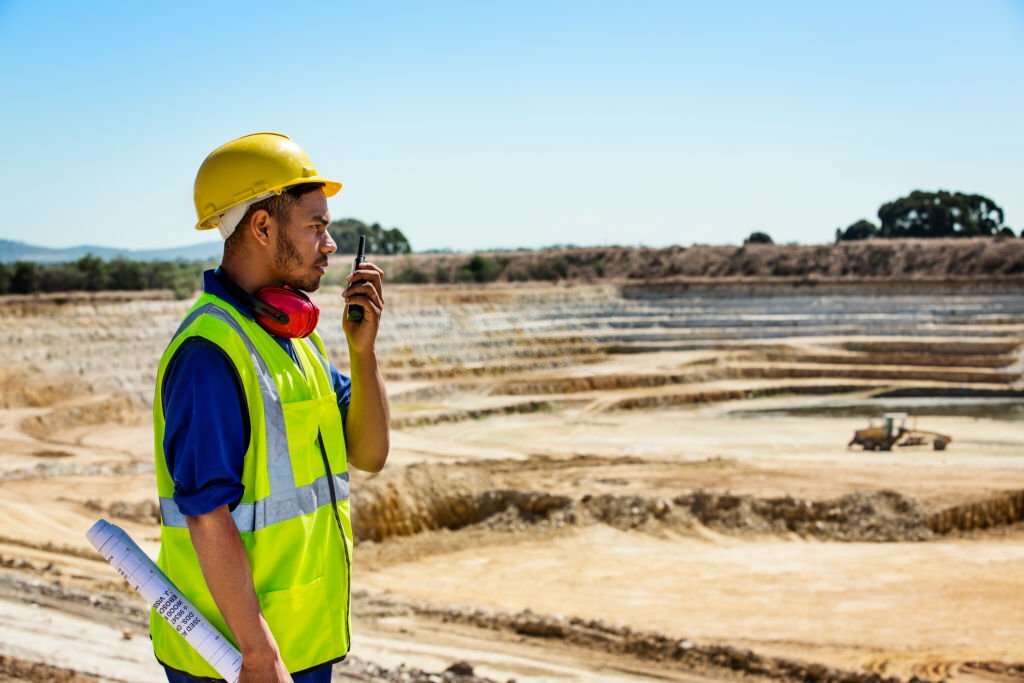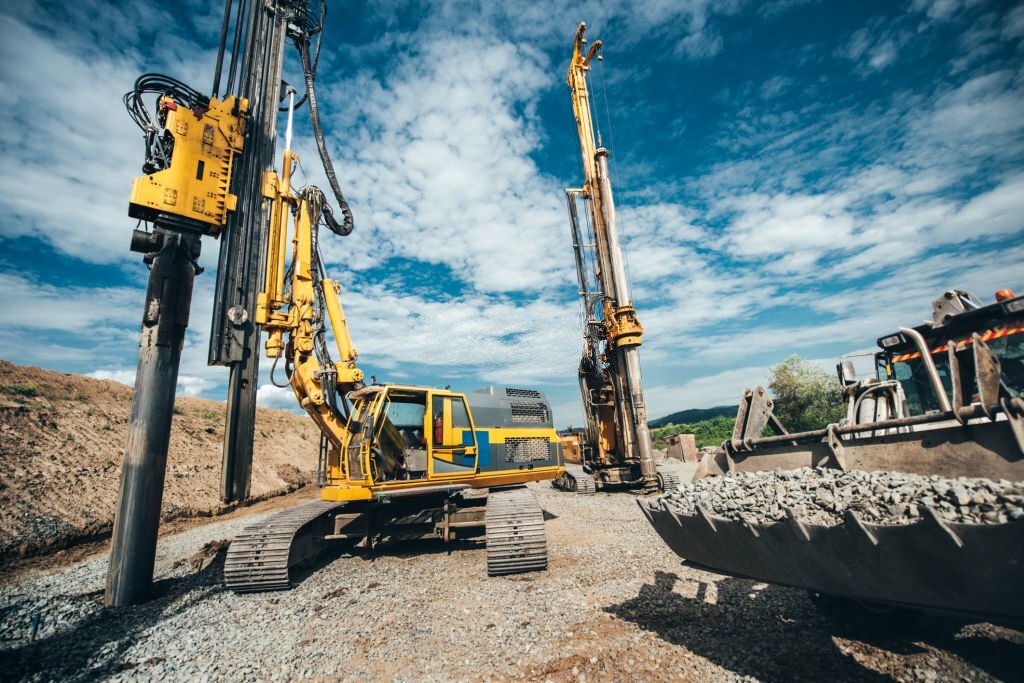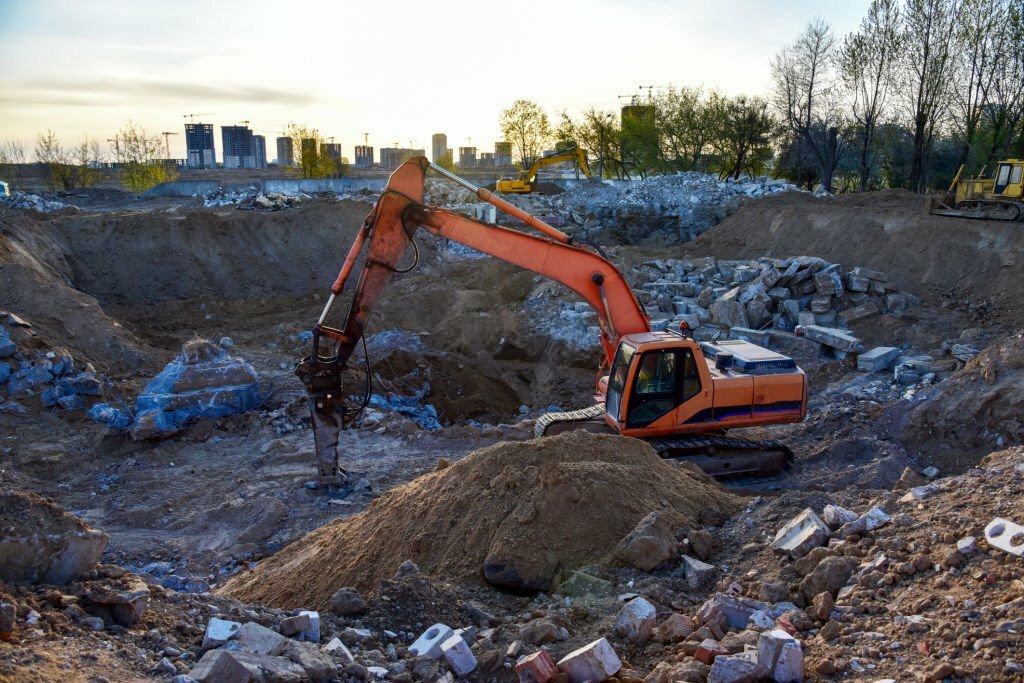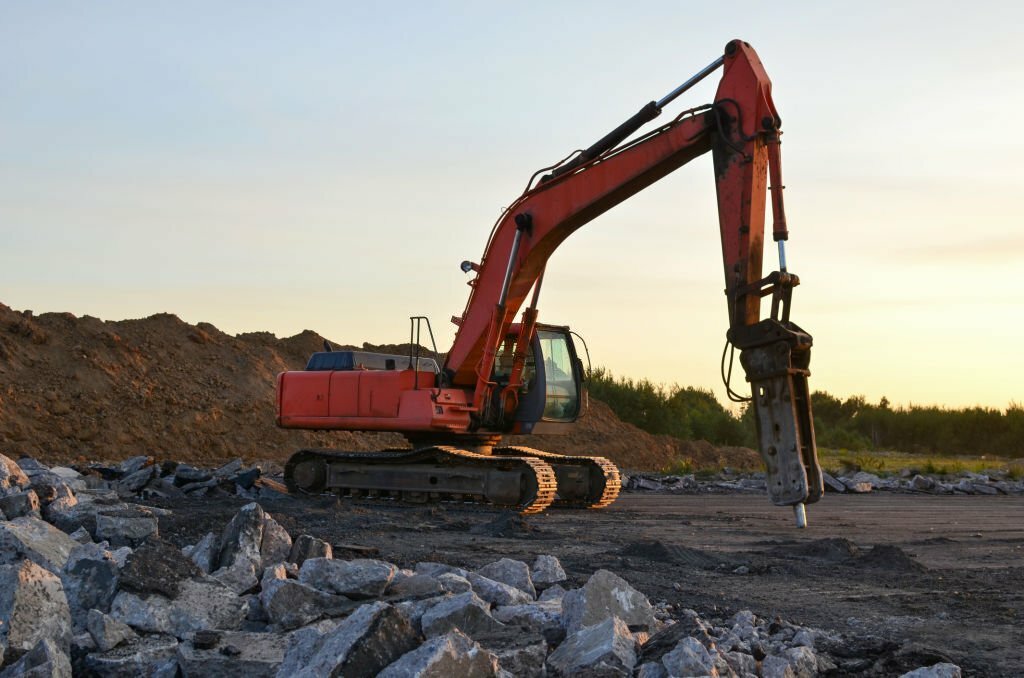The dynamic landscape of heavy industry, particularly in mining operations, raises critical concerns about its environmental footprint. Among the industrial heavy equipment, mining drills play a significant role, and their usage has profound ecological implications. This exploration delves into the intricate interplay between industry and the environment, focusing on the environmental impacts stemming from the employment of mining drills. It is imperative to comprehend the multifaceted consequences and explore sustainable practices that can mitigate the environmental repercussions. Striking a balance between industrial development and environmental preservation is paramount for a sustainable and harmonious coexistence.

In the realm of heavy industrial operations, the use of mining drills stands as a cornerstone of modern mining practices. However, the environmental implications of these powerful machines are profound, shaping the delicate balance between industrial progress and ecological preservation. Understanding the multifaceted environmental impacts of utilizing mining drills is crucial in fostering sustainable mining practices that minimize the ecological footprint and promote environmental stewardship within the mining industry.

Mining drills, while essential for extracting valuable resources from the Earth’s crust, contribute to various environmental impacts that warrant careful consideration. One of the primary concerns lies in the disruption of natural habitats and ecosystems due to the intensive drilling activities. The exploration and extraction processes associated with mining drills often result in the alteration and degradation of natural landscapes, leading to habitat fragmentation and the displacement of local flora and fauna. These disturbances can significantly impact biodiversity, causing a ripple effect on the delicate ecological balance of the surrounding areas.

Moreover, the utilization of mining drills is often associated with increased air and noise pollution, further exacerbating the environmental implications of heavy mining operations. The release of particulate matter and harmful emissions into the atmosphere during drilling activities can contribute to air quality degradation and pose health risks to both local communities and the natural environment. Similarly, the persistent noise generated by the operation of mining drills can disturb wildlife habitats, leading to changes in animal behavior and potential ecosystem disruption.

Additionally, the extraction and processing of minerals through the use of mining drills can result in the contamination of soil and water resources. Chemicals and heavy metals released during mining operations can leach into the surrounding soil and water bodies, leading to soil degradation, water pollution, and potential harm to aquatic life. The long-term consequences of such contamination can have far-reaching effects on both human health and the sustainability of local ecosystems.
In conclusion, the environmental impacts of using mining drills as heavy equipment are complex and far-reaching, necessitating a comprehensive approach to mitigate their ecological footprint. Implementing sustainable mining practices, adopting advanced technologies for pollution control, and prioritizing environmental stewardship are critical steps in achieving a balance between industrial development and ecological preservation within the mining sector. By fostering a holistic approach that integrates environmental considerations into mining operations, the industry can strive towards sustainable practices that uphold both economic progress and environmental well-being.
Interested in learning more about the environmental effects of using mining drills in heavy industry? Explore comprehensive insights on the Boom and Bucket website. Discover the intricate balance between industrial progress and ecological preservation within the mining sector.

